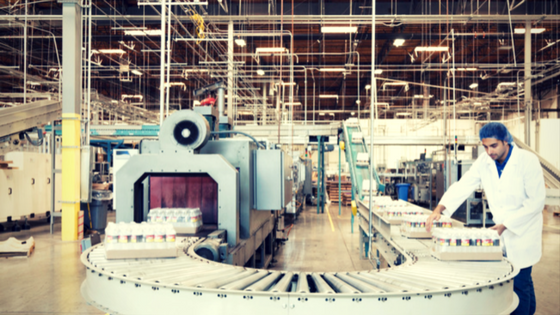From food production to distribution, employee health and safety should always remain a top priority. Your concern for their well-being at work can directly affect their own regard for the consumers who buy the products they make. No matter what your health and safety program includes, make sure you don’t neglect these three critical components.
Teach Risk Education in Common Terms
Your team may not recognize complex terms like listeria monocytogenes. But since they are ones who are handling and shipping the food, they should learn the implications of their job performance.
Risk management and safety training should be ongoing components across all levels of your company. But for the training to be successful, you must teach it in a way that makes sense to the recipients. Complicated terms must be supported by easy-to-understand explanations. Talk about risks, hazards, consequences, and best practices on a regular basis to keep employees at their optimal performance.
Impose Limited Access Areas
Unlike the retail stores that sell the food you’re producing; your employees don’t need access to every area in your facility. The fewer employees in each critical area, the fewer opportunities exist for contamination.
This doesn’t mean you have to set up boundaries or keycard access points to gain entry. But you should set forth some ground rules so that employees know where they can and shouldn’t go, along with your reasons why.
Establish Illness Reporting Procedures
Whether your employees have watering eyes from seasonal allergies or suffer from a full-blown cold, any type of illness poses a threat to your food production and distribution success. If you do not have formal illness or incident reporting procedures, you could be exposing yourself to increased health and safety threats. Make sure your employees understand when to speak up about health-related symptoms, even if they “feel fine.”
Conclusion
Safeguarding your employees from food production to distribution doesn’t just benefit your workforce. When you take care to enforce a safe work environment, your end users receive a higher quality product. And happy consumers make your entire production team happy, too.
